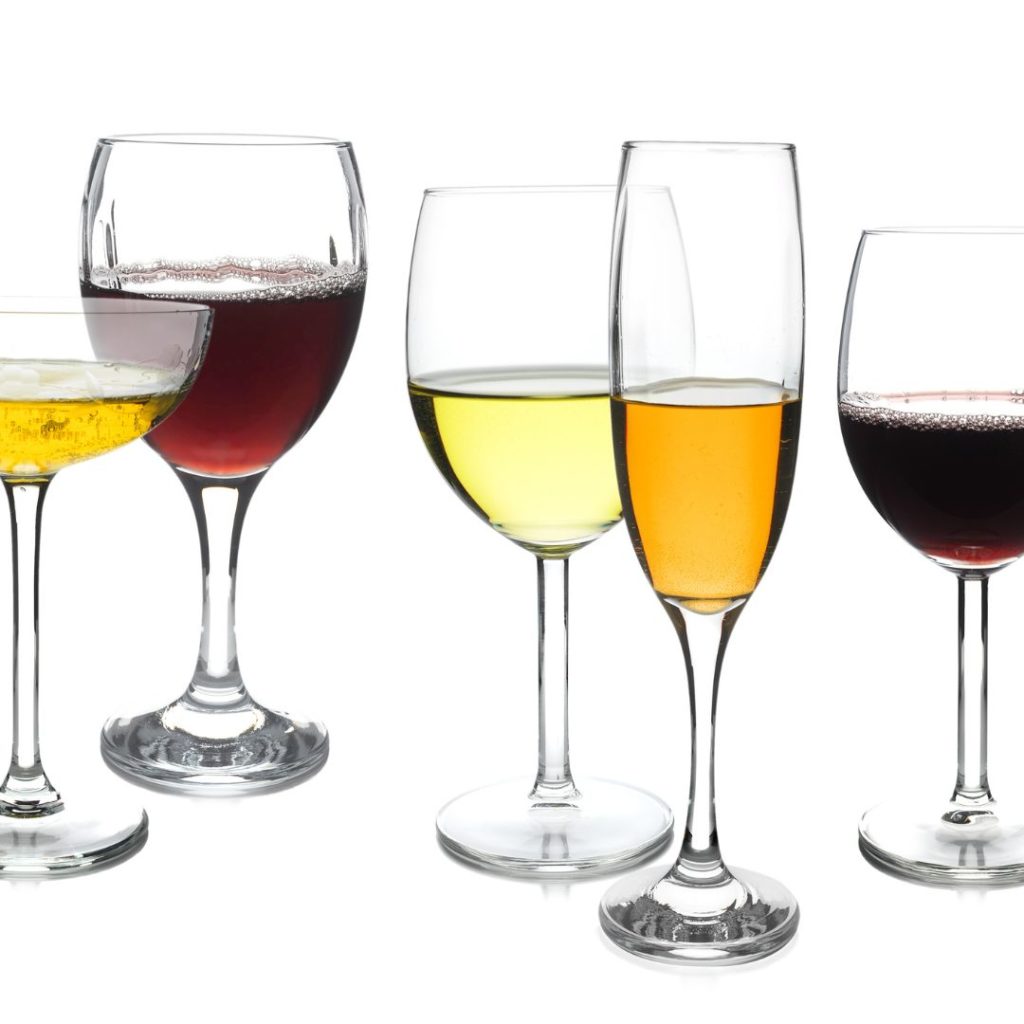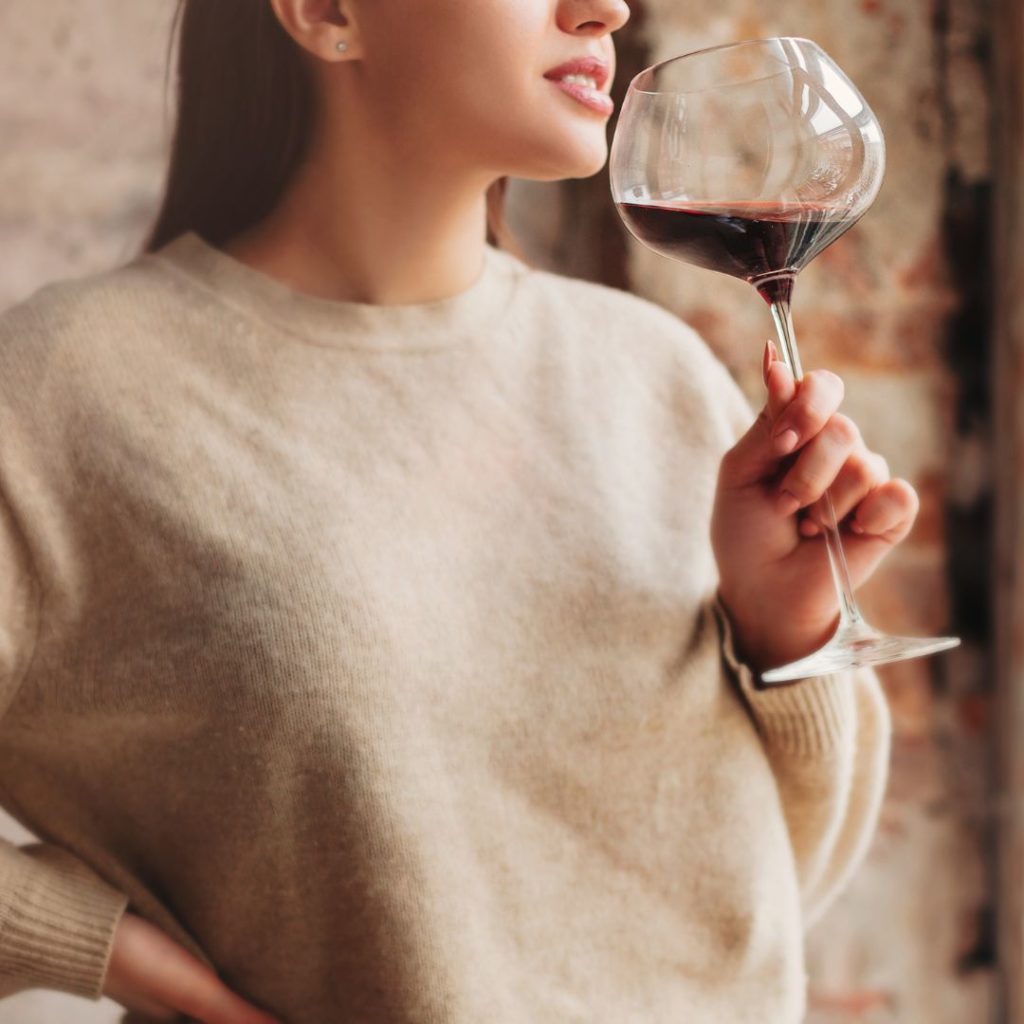Wine tasting is a sensory experience that requires engaging all your senses to appreciate the wine and art of winemaking. Our senses are significant in wine tasting. They play a critical role in evaluating any wine and recognizing its qualities. When used together, they can help develop a deeper appreciation for the wine’s complexity and characteristics, leading to a more complete and accurate understanding of the wine.
The art of wine tasting requires a careful and systematic approach. There are many elements that go into rating a wine, including the five senses or 5 S’s. If you don’t know what they are, here goes: Sight, Swirl, Smell, Sip, and Savor. I will explore each of these in detail and explain how they relate to wine tasting and the tasting process.
The Five S’s in Wine Tasting
The first S is Sight. This refers to the wine’s visual aspects, such as its color and clarity. It is important to hold the glass up to the light and examine the depth of color, as well as any variations in color (hue), when examining a wine’s color. A wine’s clarity is important, as it can indicate the wine’s age, quality, and whether it has been filtered.
The second S is Swirl. Swirling the wine in the glass helps release the wine’s aromas and flavors, so essential to the tasting process. Swirling the wine can help open the wine to its full potential by coating the sides of the glass and exposing the wine to more oxygen.
The third S is Smell. Assessing the quality and complexity of wine requires a keen sense of smell. The wine’s aroma can provide clues about its age, origin, grape variety, and winemaking techniques. As different aromas become more pronounced, it is important to take a few deep sniffs of the wine. Common aromas found in wines include earthy, floral, fruit, oak, and spicy.
The fourth S is Sip. By taking a sip of the wine, you can evaluate its taste and texture. It is important to take a small sip of the wine and hold it in your mouth for a few seconds before swallowing. This will help detect the wine’s acidity, tannins, and sweetness. The texture of the wine can also be evaluated. For example, some wines may feel thin and watery, while others may be full-bodied and complex.
High Five of Wine Tasting
The final S is Savor. Savoring the wine involves paying attention to the aftertaste (finish) of the wine. Clues about the wine’s quality, complexity, age, and grape variety can be found in its finish. Wines with a long, lasting finish are often of high quality, while those with a short finish may be less complicated.
Additional Considerations When Evaluating Your Wine
In addition to the five senses, there are many other factors to consider when evaluating a wine. The vintage, grape variety, winemaking region, and winemaker’s techniques can all affect the wine. Paying close attention to all these elements will provide a deeper understanding and appreciation for wine. This will allow you to develop your own personal preferences and tastes.
Your senses play an important part in the wine tasting process. By carefully evaluating a wine’s appearance, aroma, flavor, and texture, and finish, you can better understand its quality, complexity, and potential. There are many factors to consider when evaluating a wine, but your five senses provide a solid framework for any wine tasting experience. Try real wine and stop drinking the Kool-aid being passed off as wine. By becoming a customer of our Wine Club, your wine will be home delivered straight from the Vineyard!


